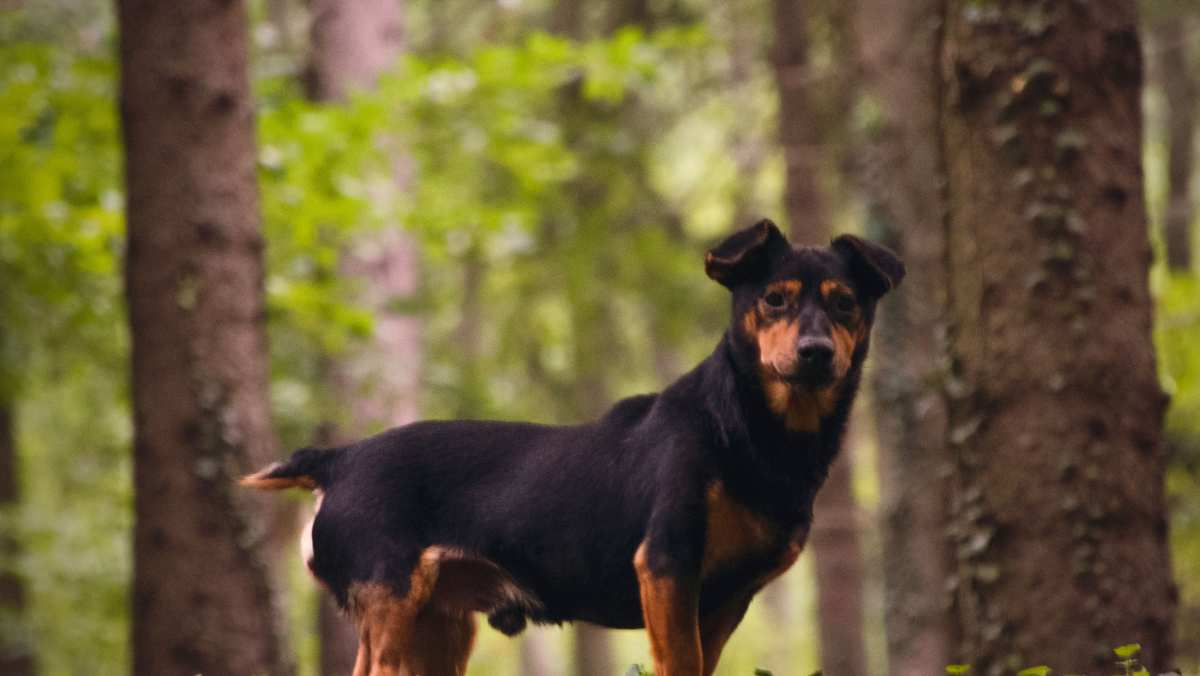Lancashire Heeler Breed Details
Lancashire Heelers are working dogs primarily known for herding cattle and removing pets (rabbits, rats) from properties. The most widely held theory on their origin is that Welsh Corgis driving cattle to Northern England mated with local Manchester Terriers-- thus holding onto the herding instincts of the Corgi and ratting instincts of a Terrier. The breed is quite rare with around 5,000 registered individuals worldwide and, outside of their home country, they are mostly just kept as companions. Due to their versatility, they are suitable as a family companion or individual farmer, hunter or just simply an active person. A fenced yard is recommended since they need plenty of outdoor activity each day. Consider the following Lancashire Heeler facts:
PROS
- Herds cattle
- Removes vermin such as rats and rabbits
- Can be trained as a hunting partner and retriever
- Can be trained as a therapy dog
- Affectionate and lively
- Pretty trainable with a firm owner
- Great for families
- Friendly towards friendly strangers
- Alert watchdog
- Good with other dogs
- Low maintenance grooming
- Can participate in moderate exercise with you
CONS
- If bored or lonely can become a nuisance
- Terrier stubbornness may be hard to train for a first time owner
- Moderate barking
- Not hypoallergenic
- Needs daily outdoor exercise, yard preferred
- Should be kept leashed when outside enclosed areas
- May have prey drive towards cats and other small, furry pets
